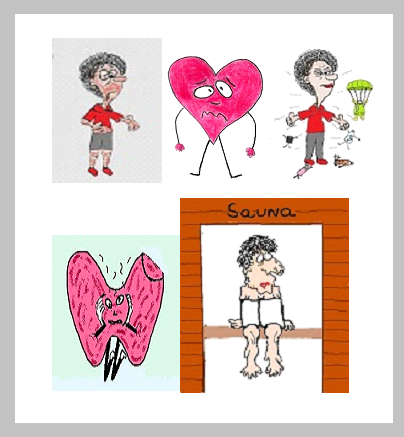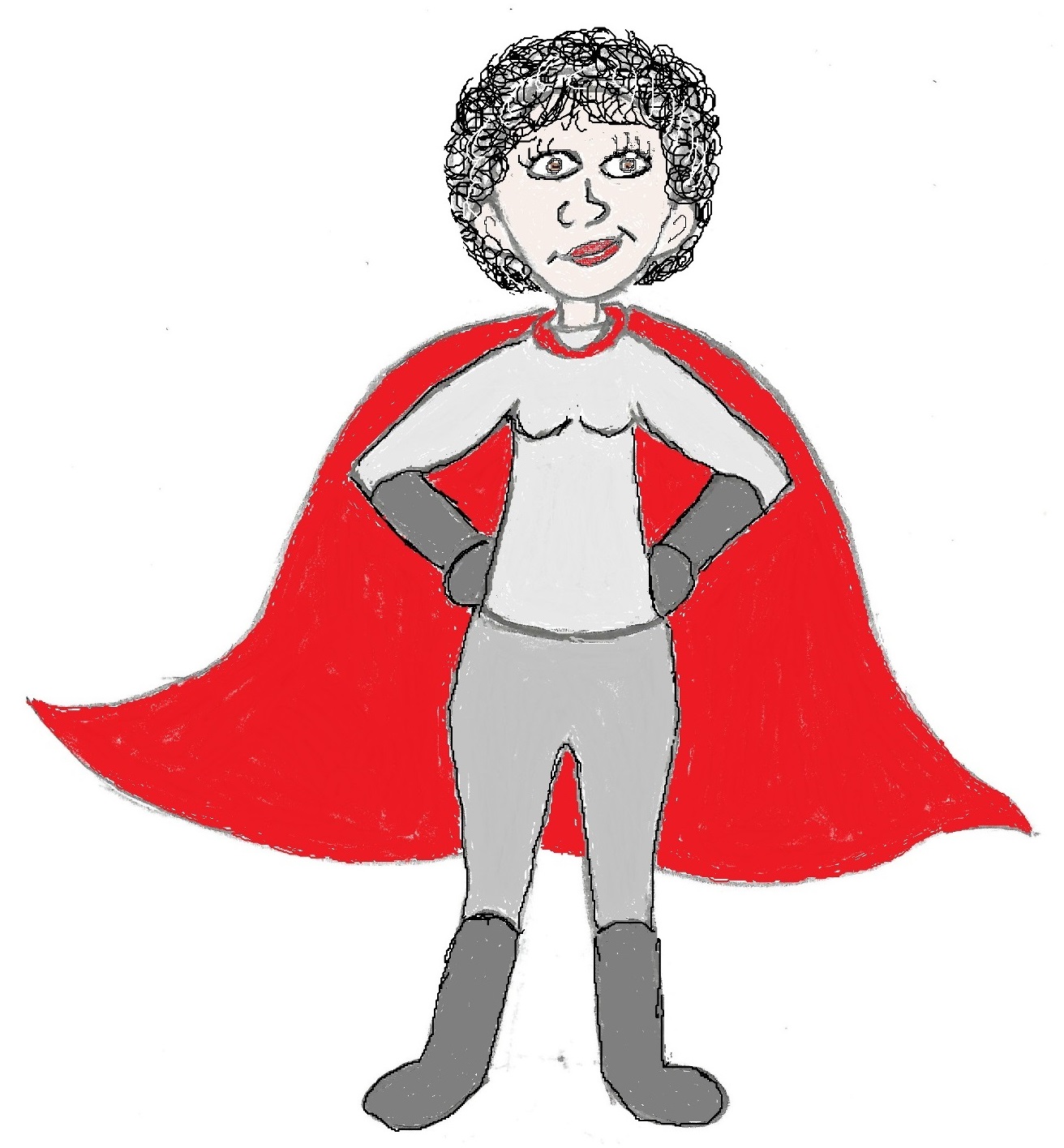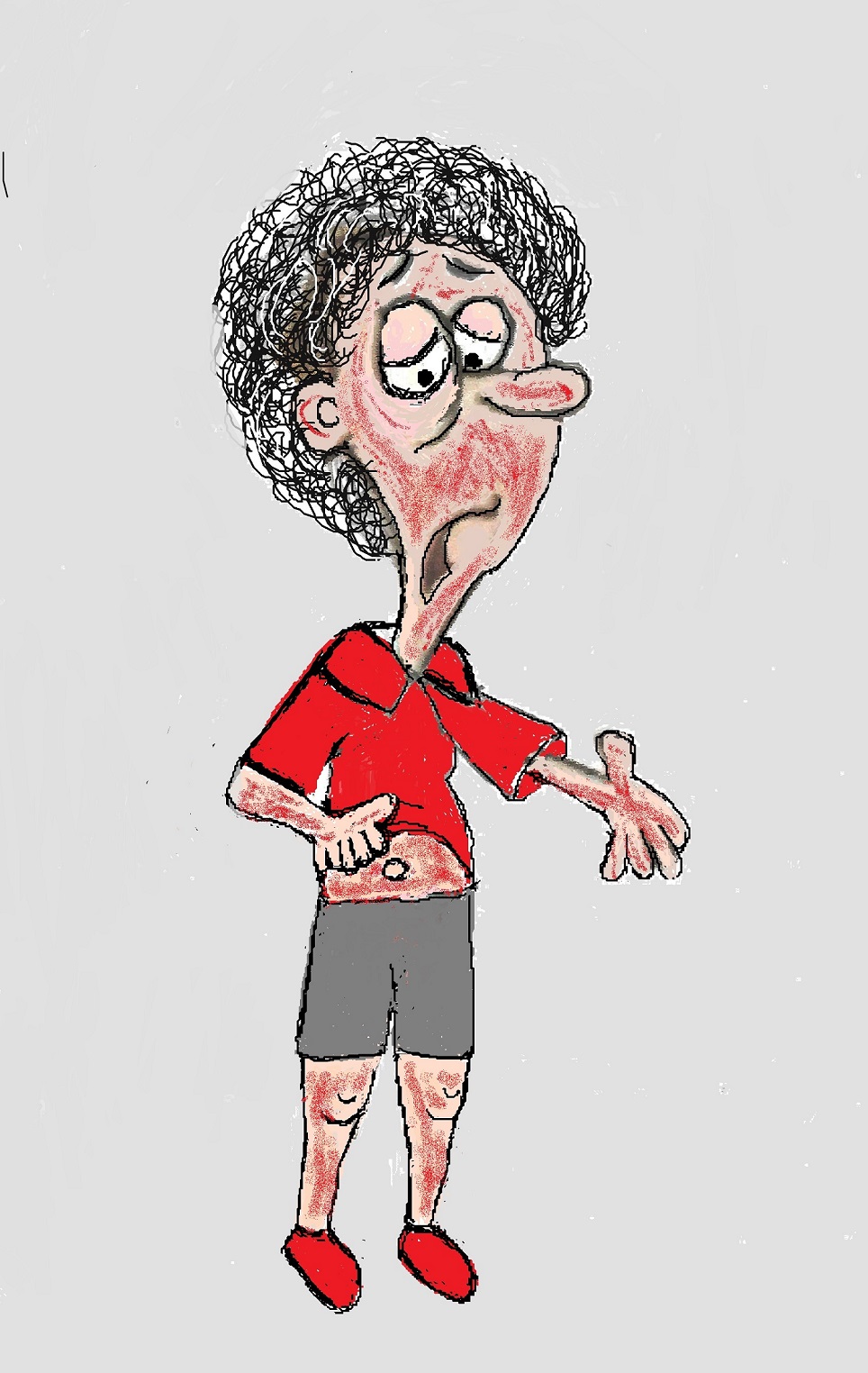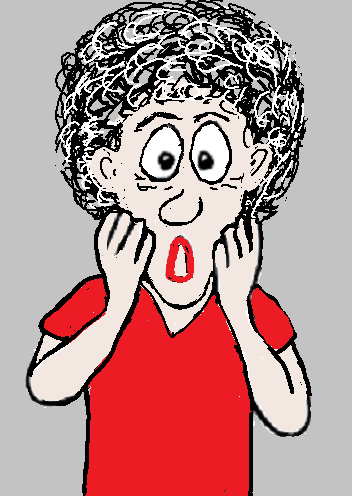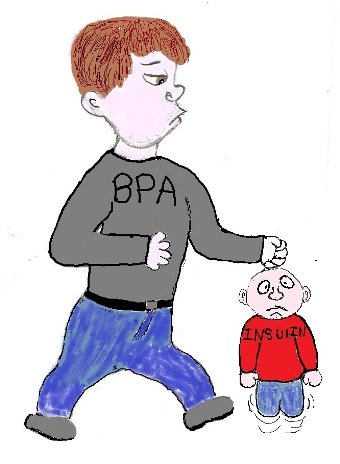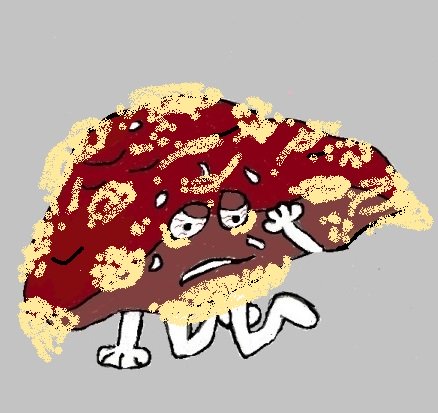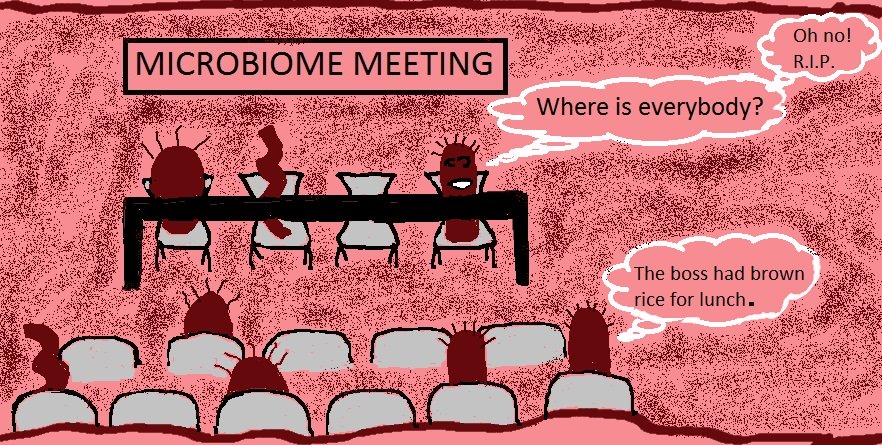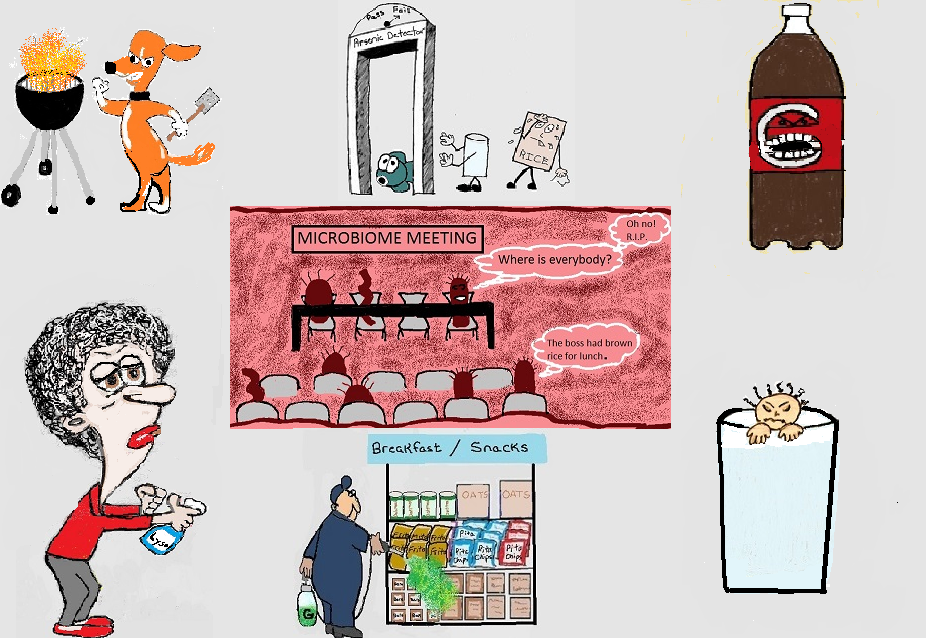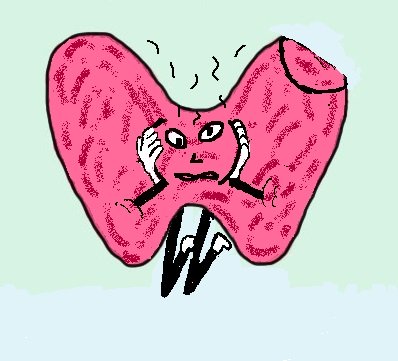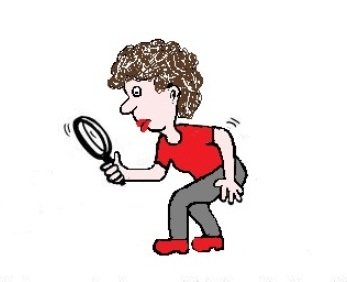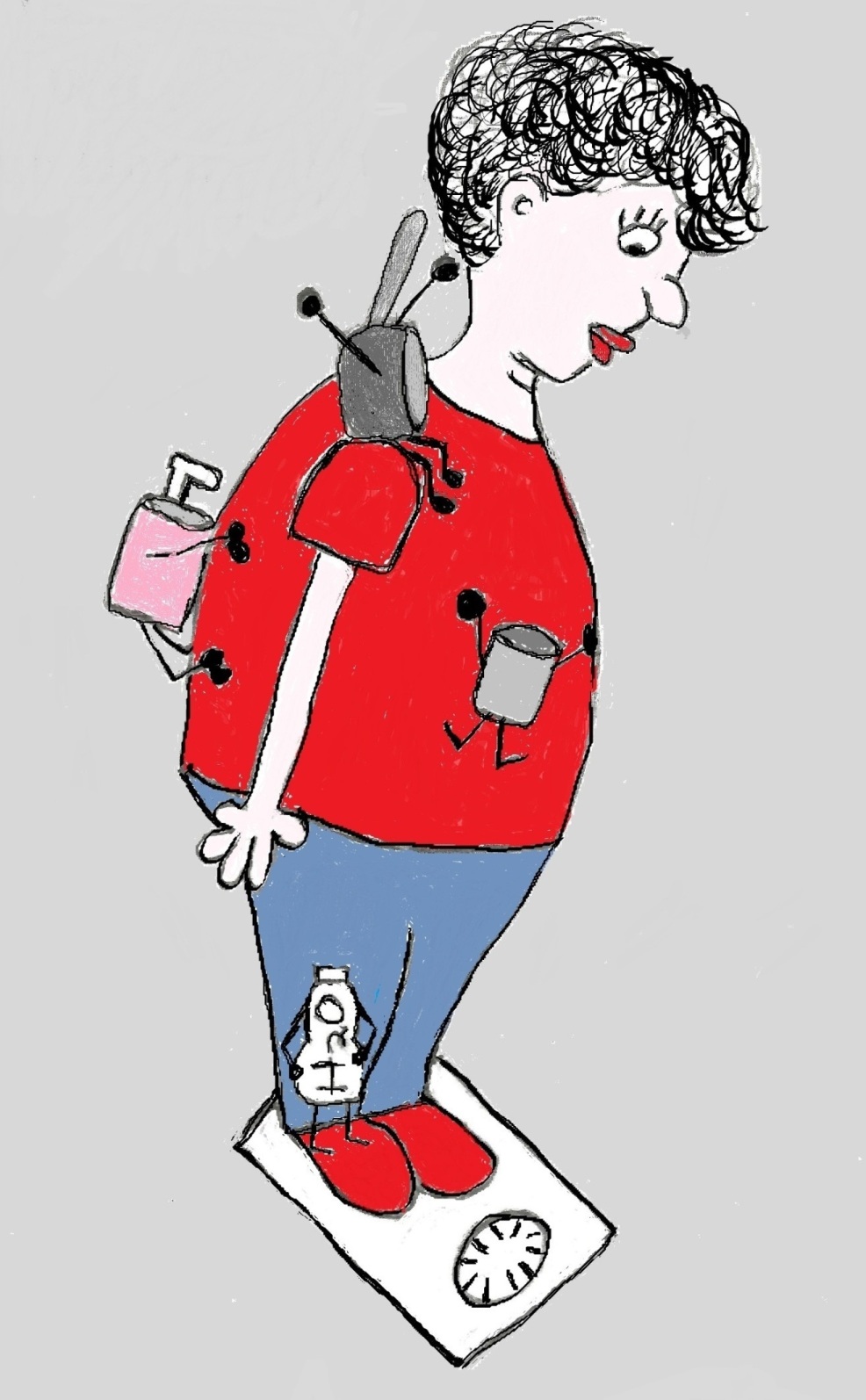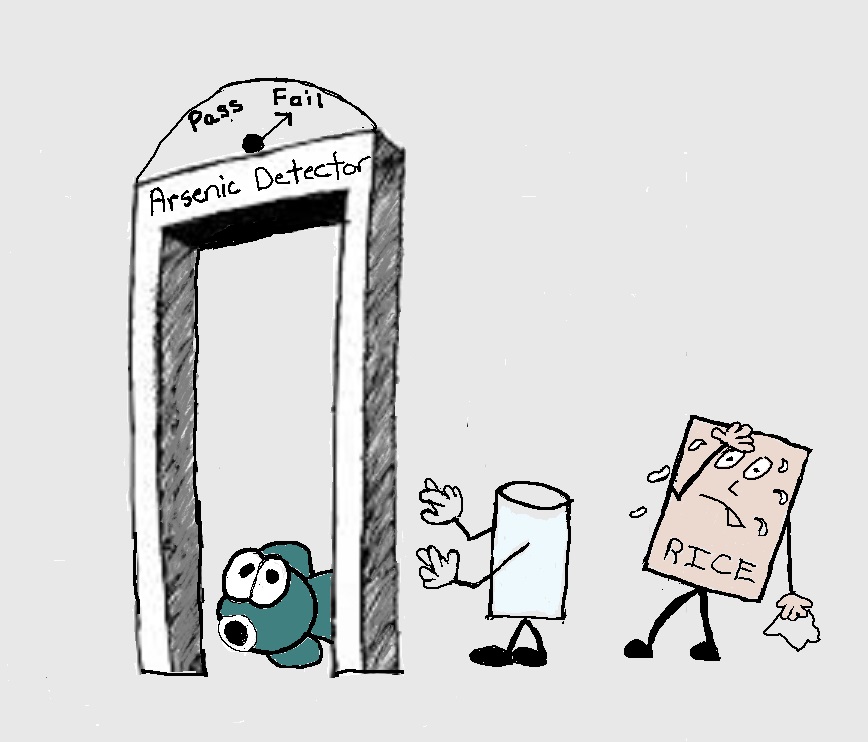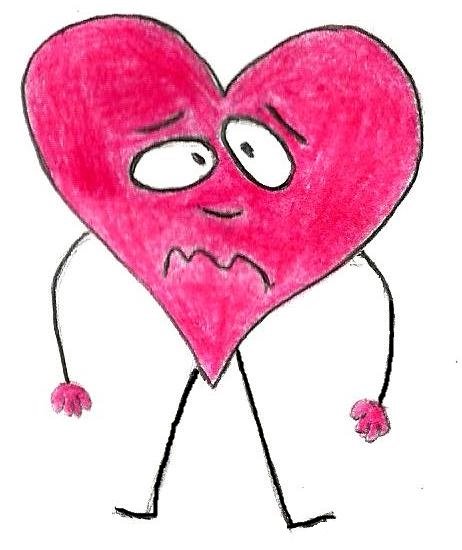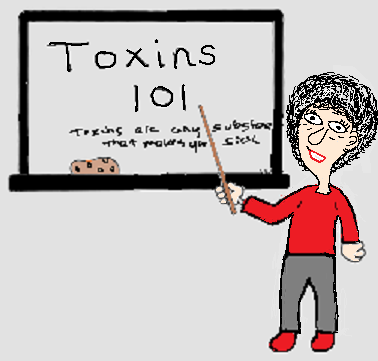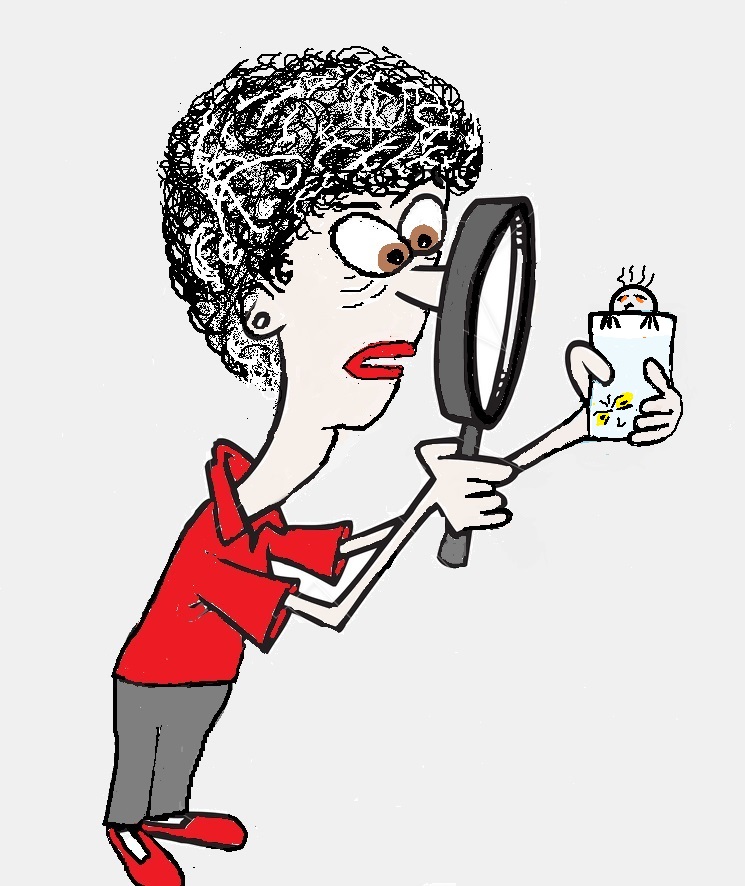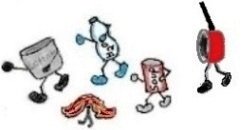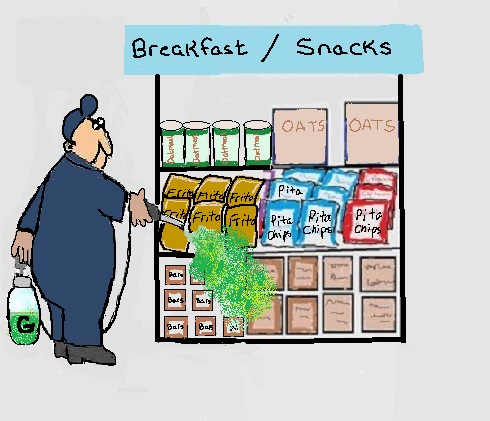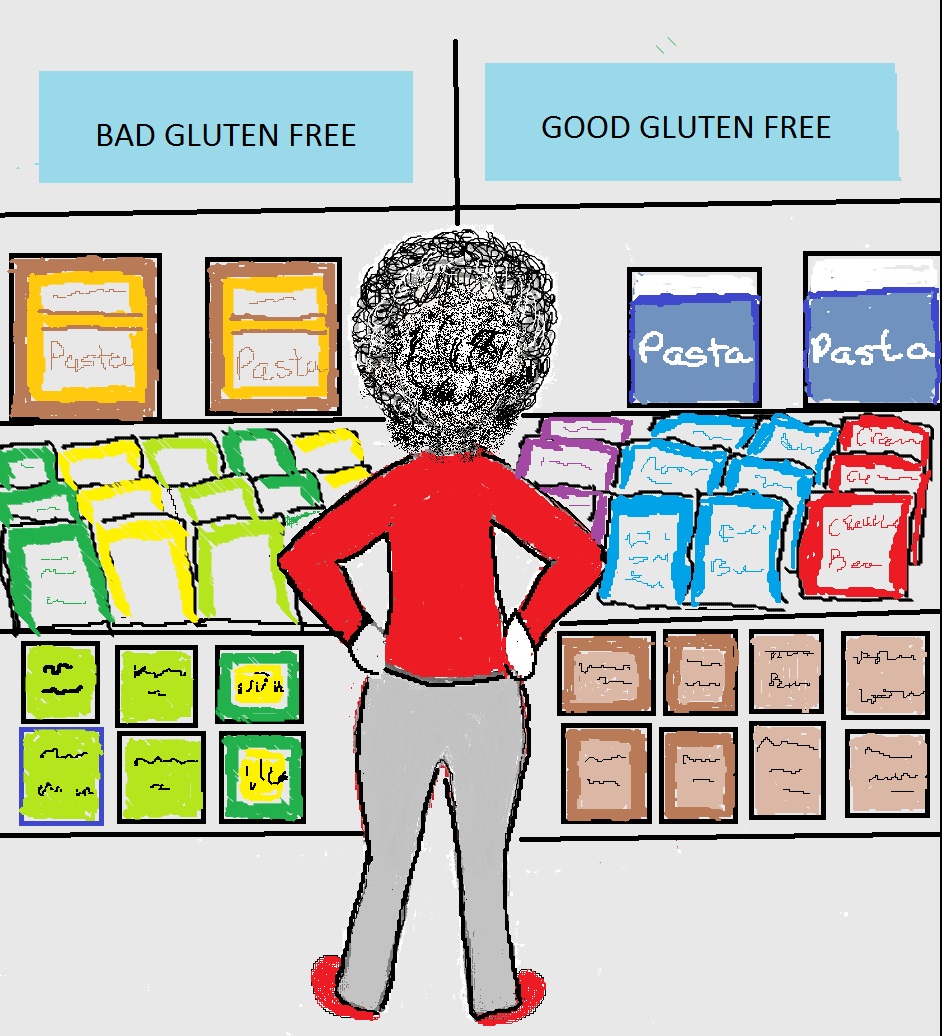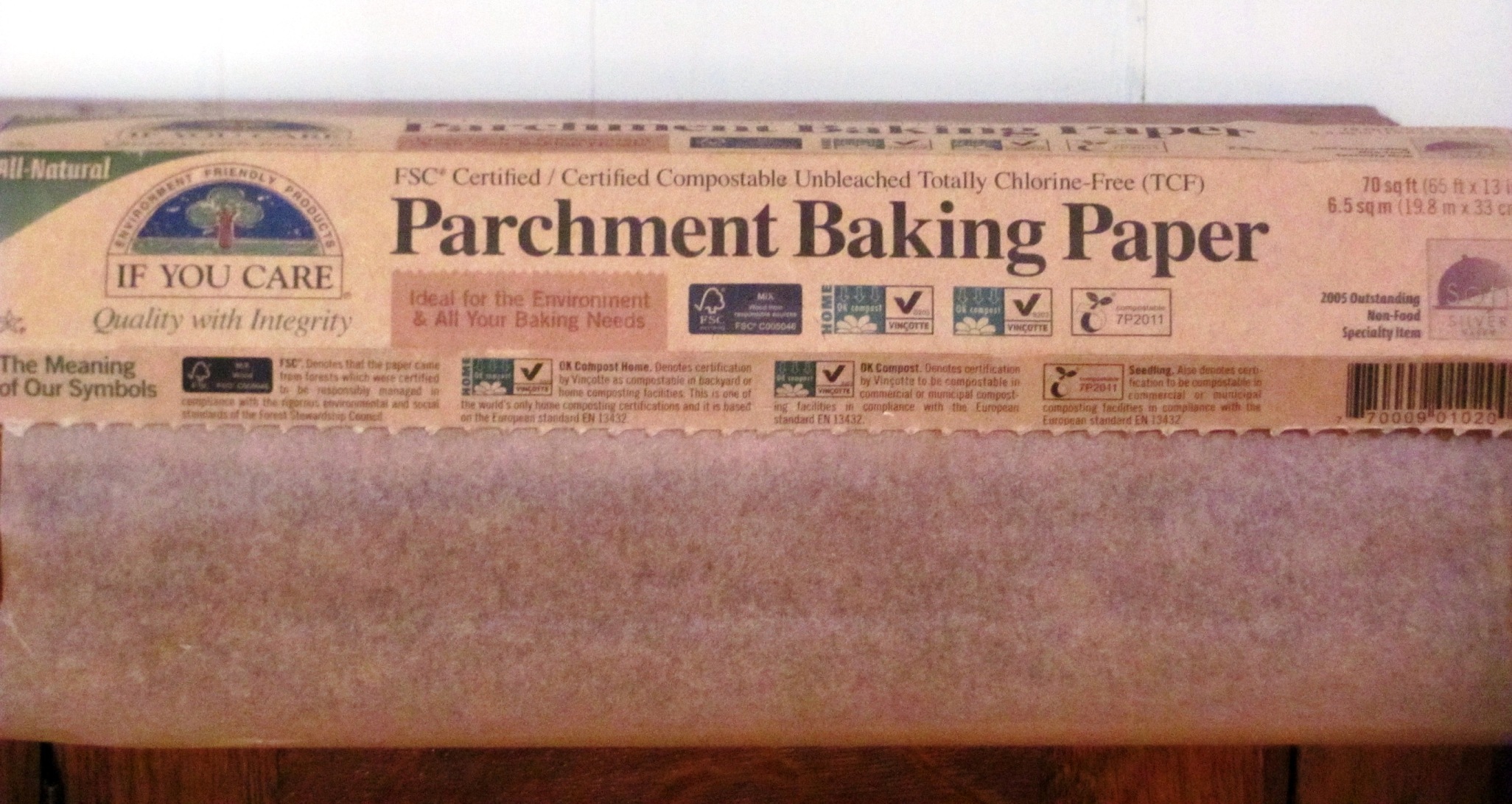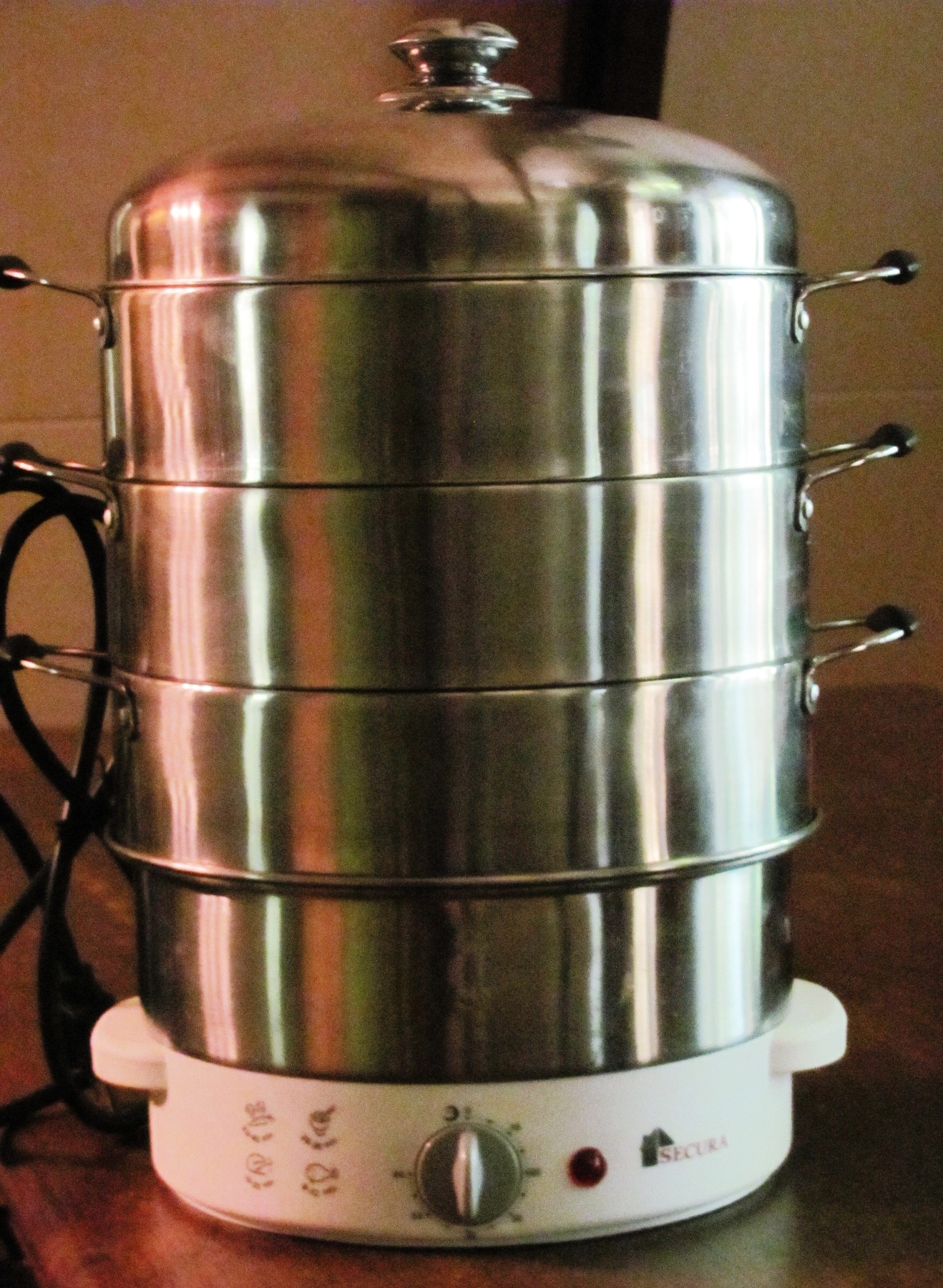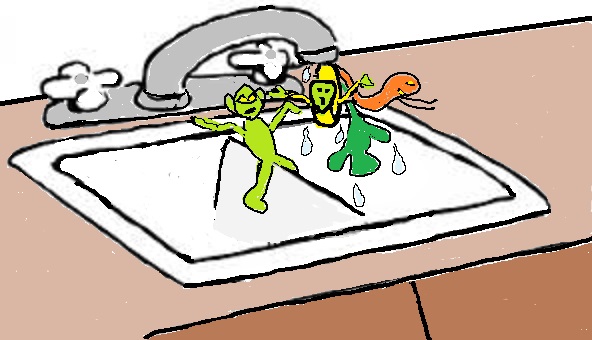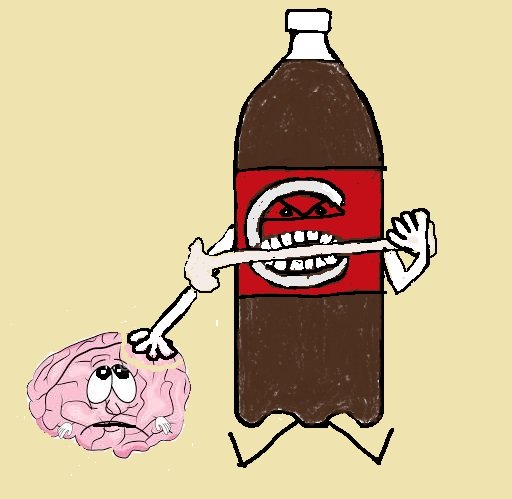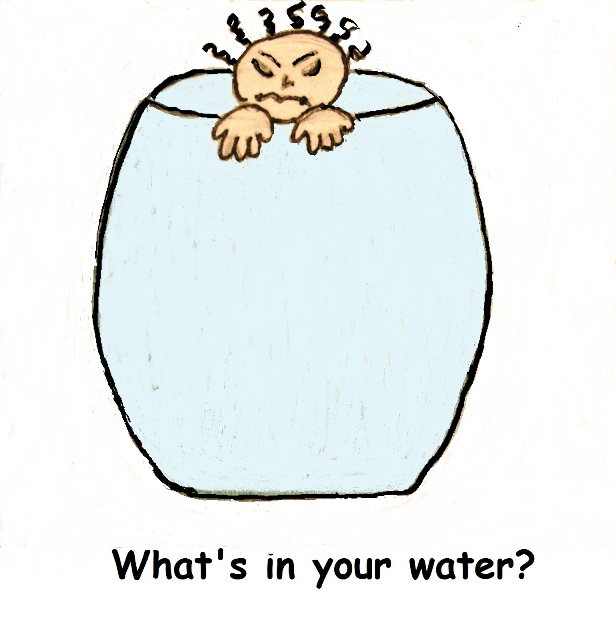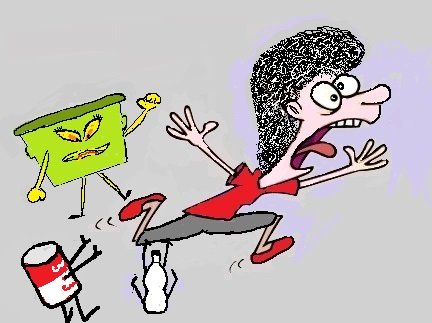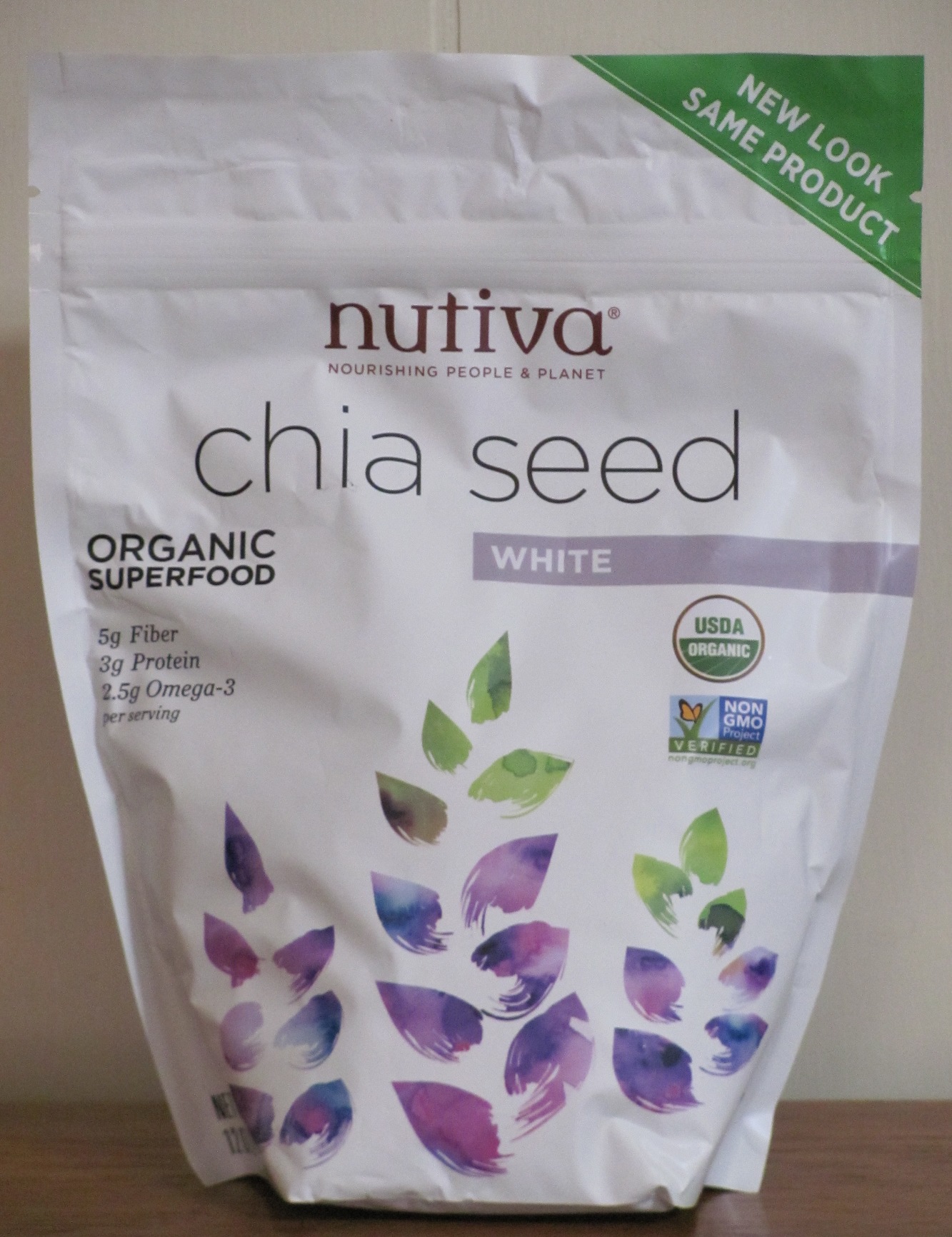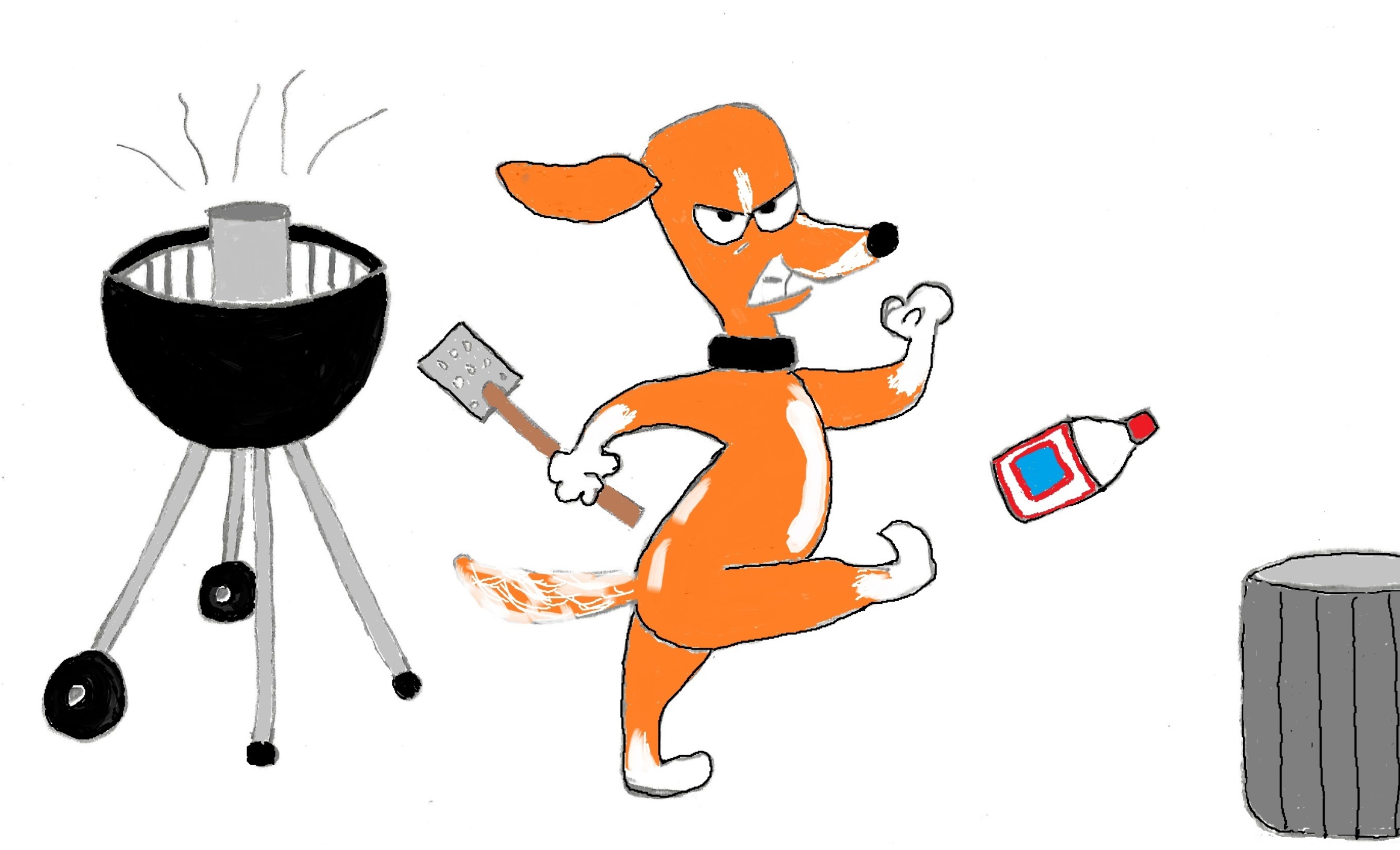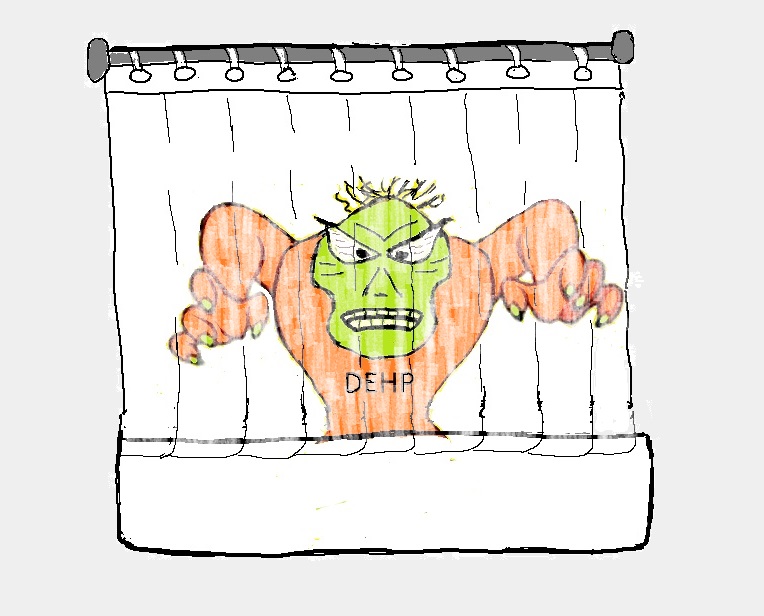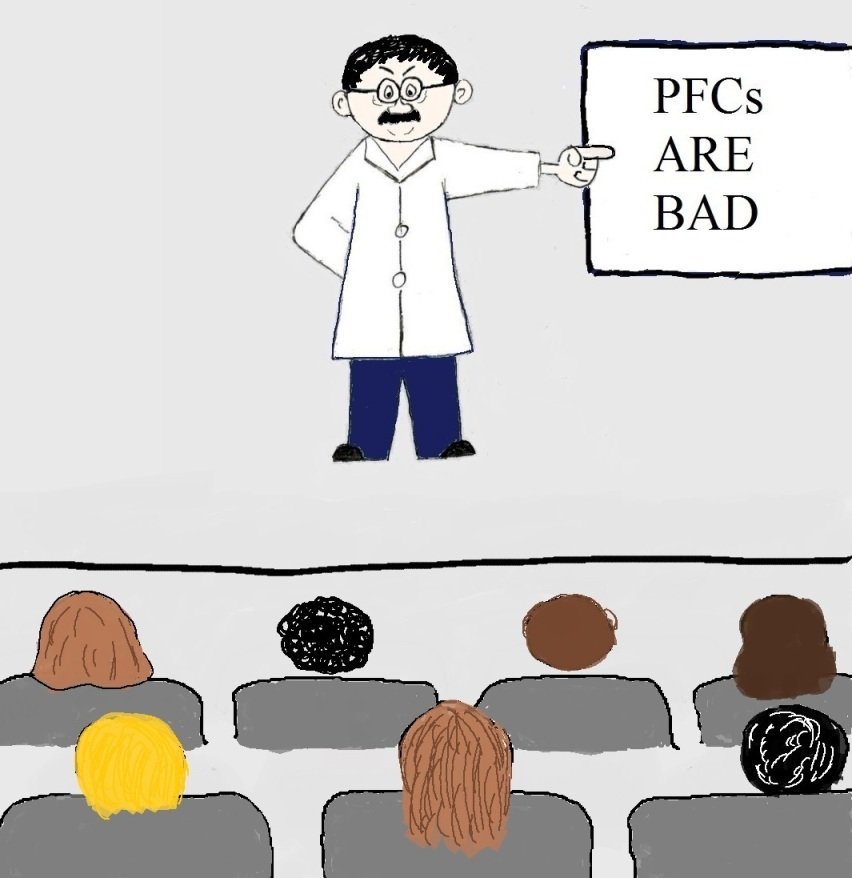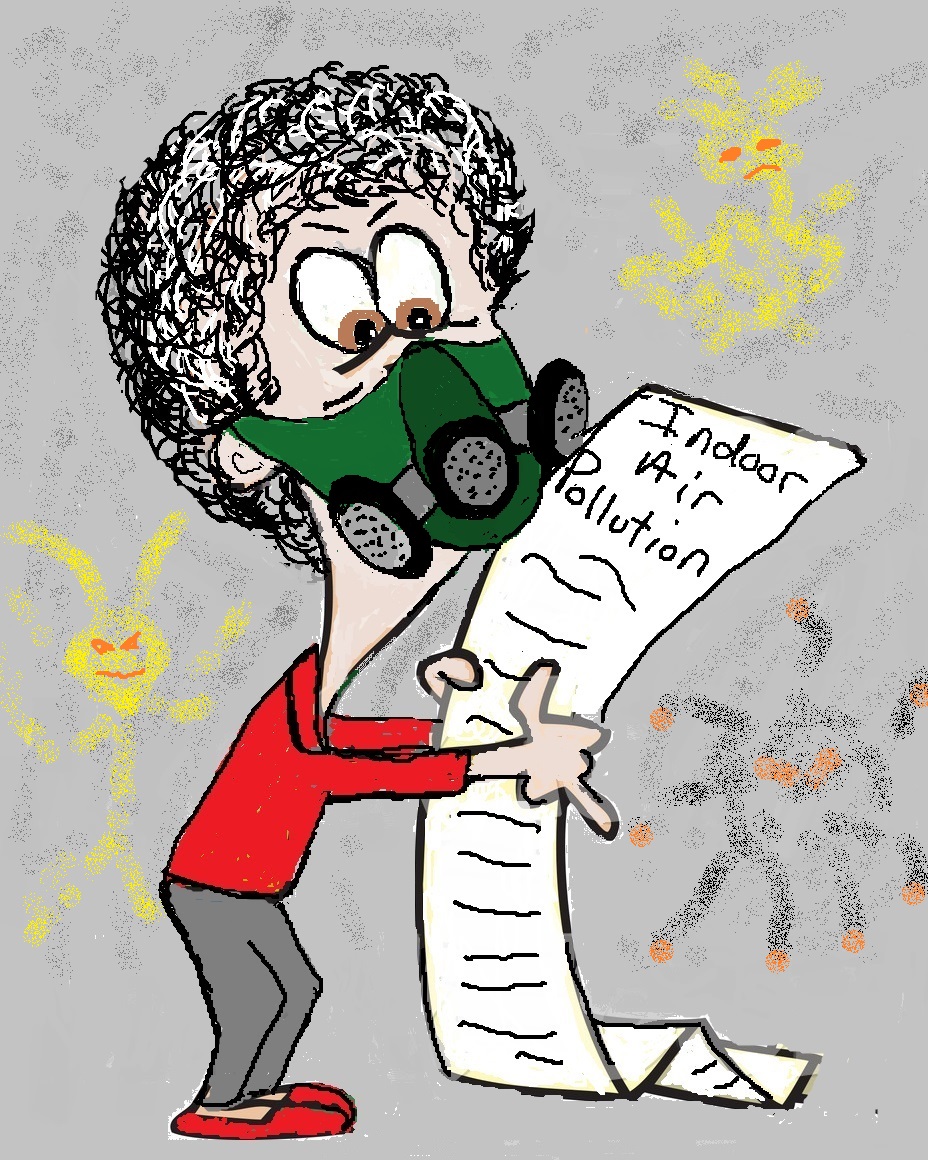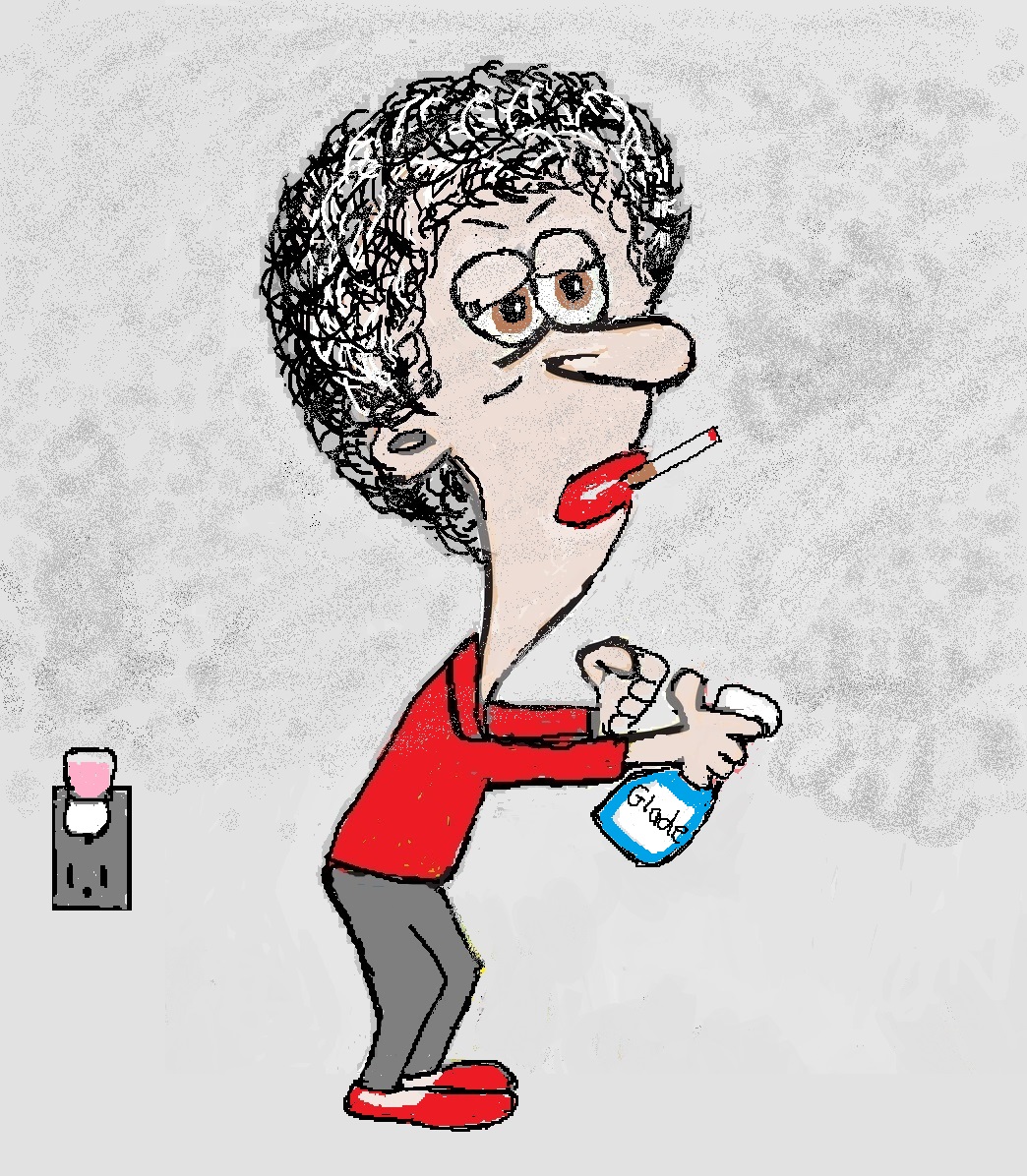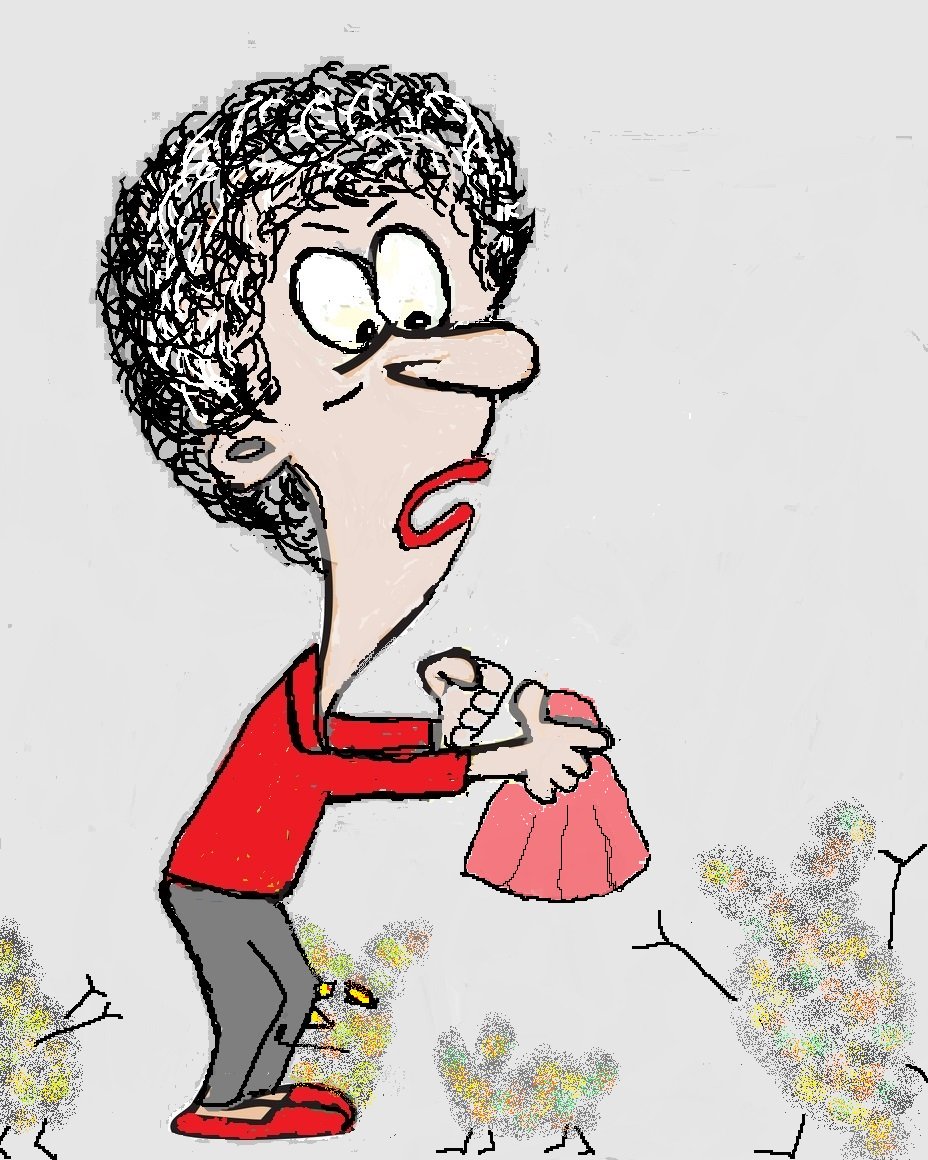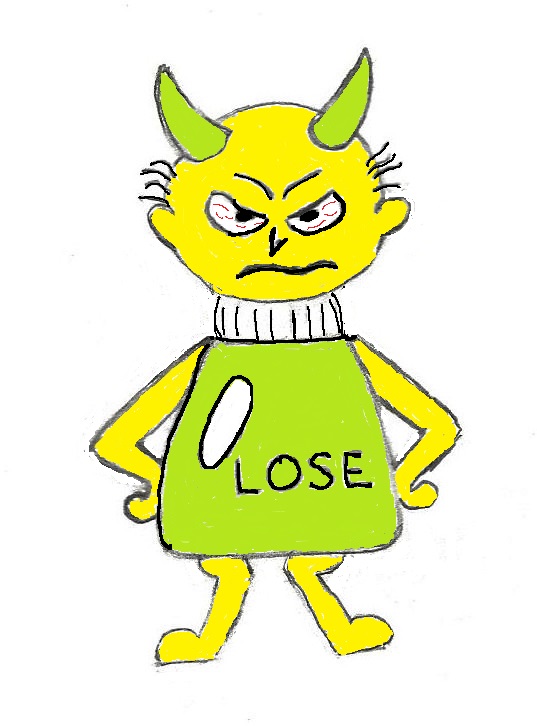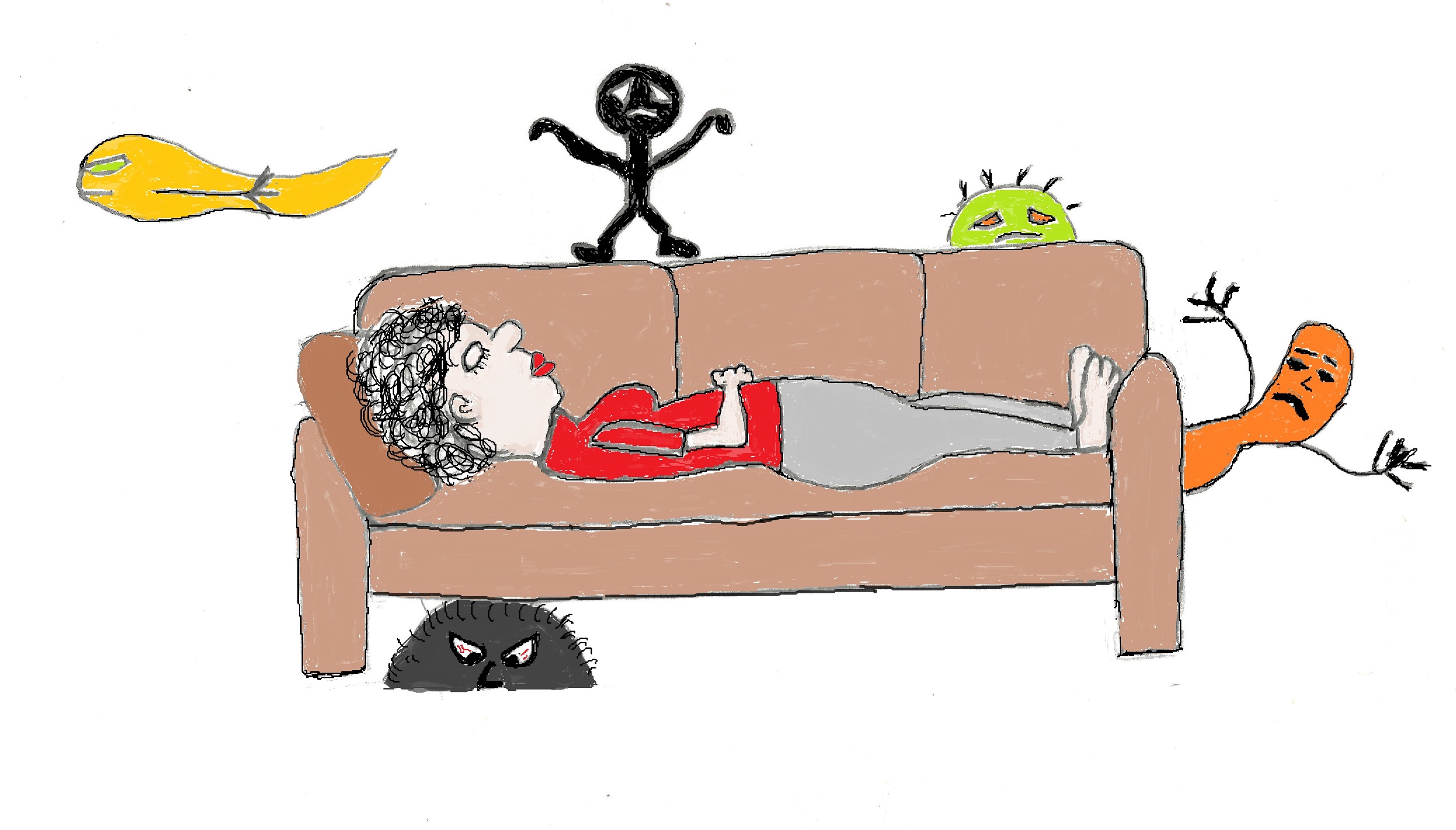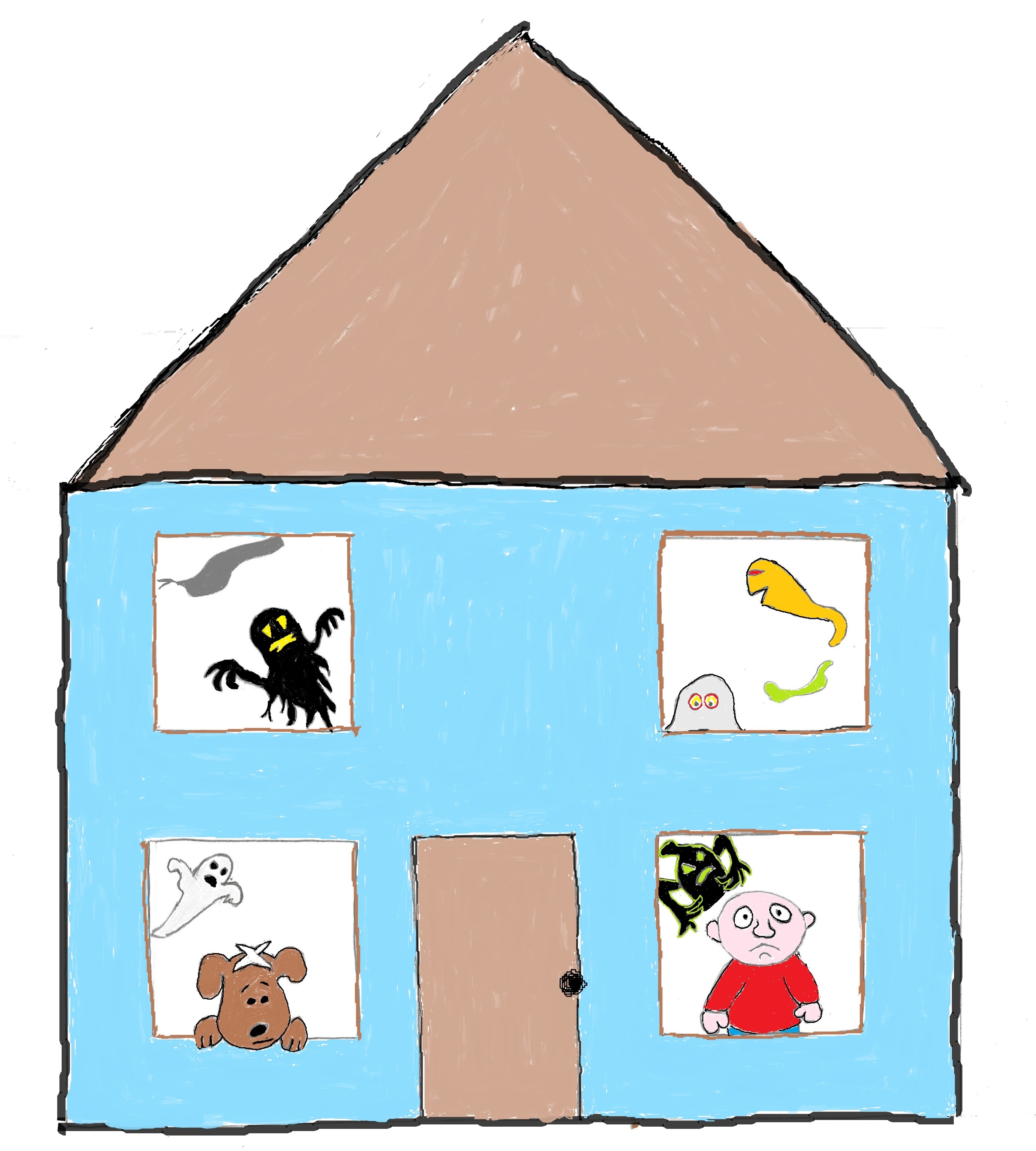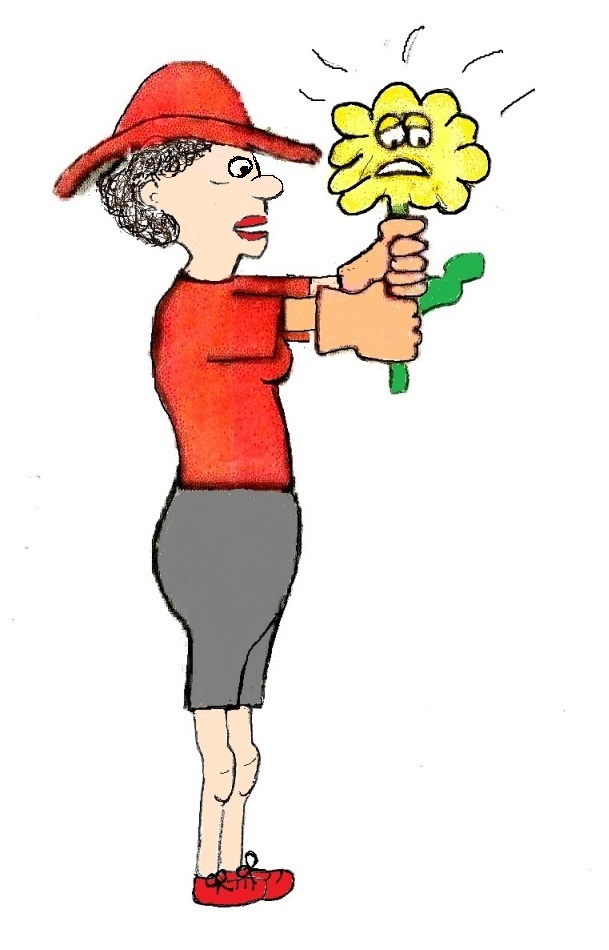- Home
- Toxic Chemicals & Health
Toxic Chemicals and Your Health
You’re exposed to multiple types of toxic chemicals every day. Some exposure you can reduce and some you have no control over. Knowing the sources of your exposure, like food, personal care and cleaning products and household items, is the first step in reducing your exposure.
What is a Toxic Chemical
Chemicals are made of one or more element bonded
together. Some examples of chemicals are water (H20) and Chlorine. In fact, anything
made of matter is made up of chemicals.
So, for example, light, heat, and sound
are not chemicals. (Keep this in mind when searching for nontoxic products. Be suspicious
if they claim to be chemical free 😊.)
A toxic chemical is any chemical that can cause harm to the environment, to plants and animals to air and water quality etc. Toxic chemicals can be either man-made (synthetic), like BPA or natural like Arsenic.
According to The Environmental Protection Agency, the toxic substances contained in most everyday household products are synthetic, which means they are man-made. The opposite of toxics substances are called non-toxic substances. Non-toxic substances are safe to use, and do not harm humans and the environment.”
The focus of this section is toxic chemicals that can harm YOUR health. You know that a poor diet, lack of exercise, too much stress, and poor sleep habits can lead to heart disease, cancer, obesity, diabetes and a bunch of other health issues. But, so does exposure to toxic chemicals!
Toxic Chemical Exposure
Toxic Chemicals can get into your body through your skin, what you eat and drink, and the air you breathe — this is called exposure. Once you inhale, absorb and ingest toxic chemicals they are distributed throughout your body.
Your body’s detoxification machine, the liver, then starts the process of breaking down these harmful substances by a complex series of chemical reactions.
Detoxification by the liver is a two-step process. In the first step, the chemical make-up of the toxic chemical is changed (it can become more or less toxic) using many different enzymes. Enzymes are proteins made by your body to start or speed up chemical reactions.
If the chemical is changed to a form that easily dissolves in water, it is excreted by your kidneys. In the second step, fat-soluble (dissolves in fat) products made during the first step are further processed into new water-soluble substances. These substances are then excreted.
In other words, the liver takes nasty things and turns them into a form you can get out of your body. That doesn’t mean that it’s a less-toxic form, but just a form that the body can get rid of. In fact, in some cases the new form is more toxic than the original toxin.
Because of the amount and kinds of synthetic chemicals that you’re exposed to every day, your liver becomes less efficient at breaking down toxins. Also, the enzymes needed for detoxification become depleted.
When this happens your body stores toxic chemicals, usually in body fat, increasing your body burden and causing damage to body cells and organs. The longer they remain in your body the more opportunities they have to impact your health.
Body Burden

Body burden is the toxic chemical load you store in your body. Scientists estimate that everyone alive today carries within her or his body at least 700 contaminants.
Health Effects Of Toxic Chemicals
Chronic diseases are on the rise. And while we may be living longer, we are not living healthier.
Diseases are caused by a variety of things and huge amounts of scientific evidence suggest a major player in chronic disease is exposure to toxic chemicals. One of the earliest examples of the link between toxins and disease was smoking.
Some toxic chemicals, like arsenic and formaldehyde, are carcinogens (cancer-causing). Arsenic, found in food like rice and drinking water, can also affect your gut health.
Many toxic chemicals are endocrine disruptors (EDs). Exposure to EDs like BPA and phthalates have multiple health effects because they mess with your hormones. The list includes obesity, diabetes, hypothyroidism and reproductive problems.
Exposure to EDs, pesticides and PFCs can cause chronic inflammation in your body. Which in turn is linked to numerous health problems.
Chronic diseases,
Parkinson’s disease and heart disease are also all linked to chemicals that are
in products that you use all the time.
And there’s the emerging threat to your health from exposure to nanoparticles.
Some types of nanos are EDs, some affect your gut health, some damage your organs
and some can accumulate in your brain.
Take the First Steps
Your efforts will be rewarded if you take the first steps to reduce your exposure to toxic chemicals. Numerous studies over the years have reported that avoiding toxic products will reduce the toxic chemicals in your body.
Everything from BPA to pthalates, arsenic and pesticide exposure can be reduces by making small changes. The first step is understanding how toxic chemical exposure can damage your health.
For more information on how toxic chemicals can make you sick, check out these posts.
Then spend some time learning the sources of your toxic exposure. For more info on Toxic Chemicals in Food and food packaging click on these posts.
|
|
To learn more about the Toxic Chemicals in cleaning and household products, make some time to read these posts.
|
|
